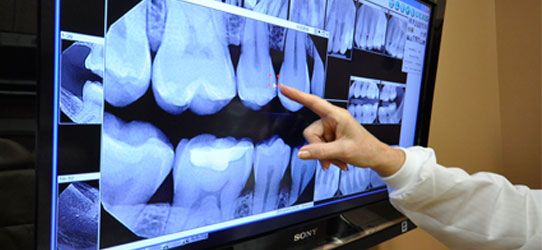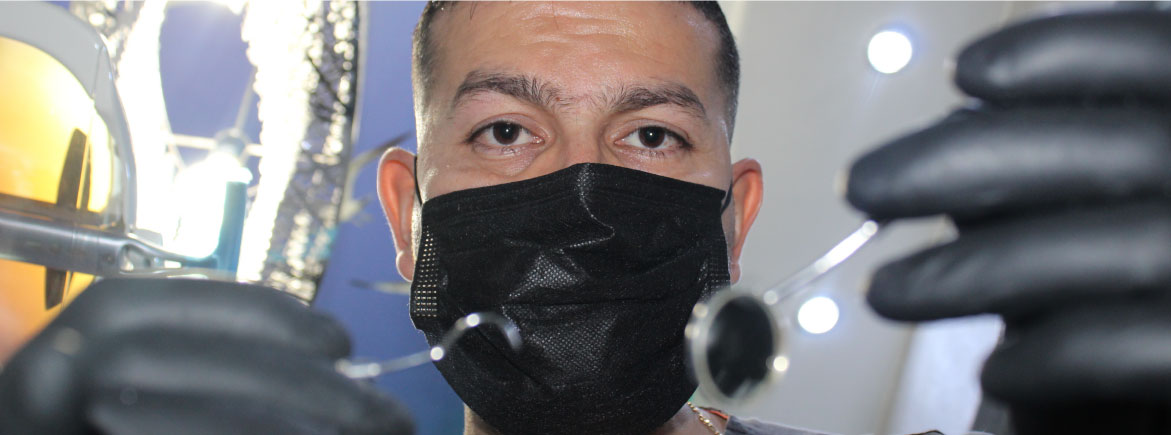 Digital X Rays
Digital X Rays
Quality imaging equipment is crucial to providing patients with adequate dental care. Dentists rely on x-rays to identify dental problems, guide themselves during treatments, and educate patients about dental hygiene. Digital x-rays let dentists take images safely and effectively, offering the following benefits:
Reduced Radiation Exposure
By using digital x-rays, dentists can significantly reduce their patients' exposure to radiation. Digital imaging does not produce as much radiation as film does, and because it takes pictures faster, patients don't have to be exposed for as long. Doctors who use digital imaging are still encouraged to cover patients with lead aprons and take other methods to minimize patients' exposure.
Higher Quality Imaging
An ounce of prevention is worth a pound of cure, and the dental industry is no exception. The sooner dentists can catch cavities and other dental problems, the easier and less expensive the treatment can be. Catching dental problems early, however, requires quality imaging equipment. Compared to film x-rays, digital imaging allows dentists to take more precise, detailed pictures of patients' teeth. A digital image is much more likely to pick up cavities when they're still small enough to be fixed with non-invasive fluoride treatments. They can also catch development problems, cysts, bone loss, tumors, and decay earlier than other forms of x-rays can.
Because digital x-rays take more detailed pictures, dentists who use them are less likely to have to re-take their pictures. Digital scans also develop immediately, reducing patient wait times and allowing doctors to act more quickly during complex dental procedures.










